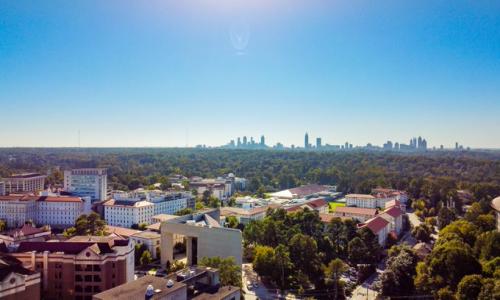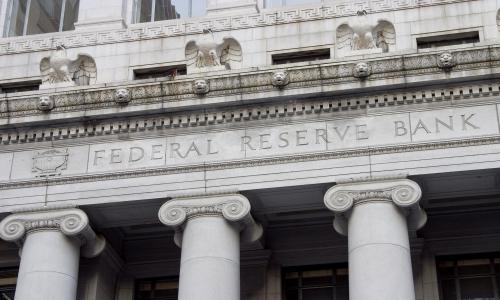Even in periods of historically low rates on cash instruments, savings and money market accounts often outperform all other instruments, especially if all other instruments suffer a synchronized decline following major economic disruptions.
With online instruments offering 0.85% to 0.90% these days, cash is not sexy. In fact, those who stayed heavily in cash over the last four years have missed out on a historic move in the stock market. They have also missed out on bond and asset price appreciation. Perhaps most importantly, they have lost purchasing power as savings and money market accounts have not kept up with inflation (especially after accounting for tax consequences).
Today, real estate, bonds and the stock market have all seen dramatic and real runs, not all entirely consistent with economic realities. Regardless, the impasse in Washington and the prospect of a sovereign default by the US if the debt ceiling is not raised, argues especially persuasively now in favor of stepping aside for a bit.
Of course investors with a time horizon beyond a couple of weeks would be imprudent to dump all assets and move completely into cash. With the Fed having chosen not to taper and the dovish history of the likely incoming Chair, Janet Yellin, who is committed to keeping rates low until unemployment falls below 6.5%, cash may not be an ideal place even at this time to assign new money.
Many private and institutional investors, rather, have been focusing on high quality corporate bonds ever since the Fed’s announcement in September that it would not begin tapering at this time. As I survey the landscape, one bond-like instrument that seems particularly interesting at this point is Public Storage’s preferred stock.
I first wrote about Public storage’s preferred stock on BestCashCow in 2012. All of the classes of Public Storage preferred stock that were available then were called at par value ($25) late in 2012 and early in 2013; the company subsequently issued new shares in the form of Class V and Class W at lower yields - approximately 5.25 and 5.45%. Each class pays dividends quarterly and both traded above par earlier this year, soon after they were issued. As of the date of this publication, however, both shares are significantly discounted with the V shares trading around $21 a share and the W shares around $20 a share. In other words, both shares are trading with effective yields, plus or minus, of 6.45%.
While these shares have fallen quite sharply over the summer as long term bond yields went up, Public Storage (PSA) appears a very safe company in the face of a potential new Congress-initiated recession. The Company is efficient and effective and its business model is pretty much recession proof. Its debt and preferred stock, as a percentage of gross assets, is at historically low levels (below 30%) and it faces virtually no debt refinancing obligations in 2014.
As I noted in my 2012 article, preferred stock is an animal in and of itself and is ordinarily not a good place for individuals to park cash (largely because they are instruments of indefinite duration and because individuals cannot take advantage of many US tax incentives on ownership of preferreds made available to corporate purchasers).
Public Storage’s preferred stock is currently rated Baa1 by Moody’s, having been upgraded in late 2012. While there is real risk of a decline in principal (a continued decline in principal for holders of the initial issuance) if and when interest rates rise again, a 6.45% yield on a Baa1 instrument is not otherwise attainable at the moment. Therefore, Public Storage’s preferred stock just might be a place for those investors seeking protection and return to assign some of their cash while waiting for Washington to sort itself out.













Comments
Arlin
October 02, 2013
How does preferred stock work? Any information would be helpful.
Is this review helpful? Yes:0 / No: 0
S Keens
October 04, 2013
If the US defaults gold is going to soar. But if it doesn't then gold will continue to trend down as it is has done since hitting a high in Sept. 2011.
Is this review helpful? Yes:0 / No: 0
ptrf
October 14, 2013
Preferred stock is a gamble Judy like the sick market. Stay away unless you are willing to lose it all.
Is this review helpful? Yes:0 / No: 0
Ari Socolow
February 04, 2014
Please know that as of February 4, 2014, I have updated my recommendation to a sell of all PSA preferred stock. These notes move too much with short term gyrations on the bond market. With the 10 year US Treasury bond at 2.60% and unlikely to go much lower, it would seem appropriate to sell and wait to repurchase at lower levels when the 10 year retests 3.00%.
Is this review helpful? Yes:0 / No: 0
Add your Comment
or use your BestCashCow account